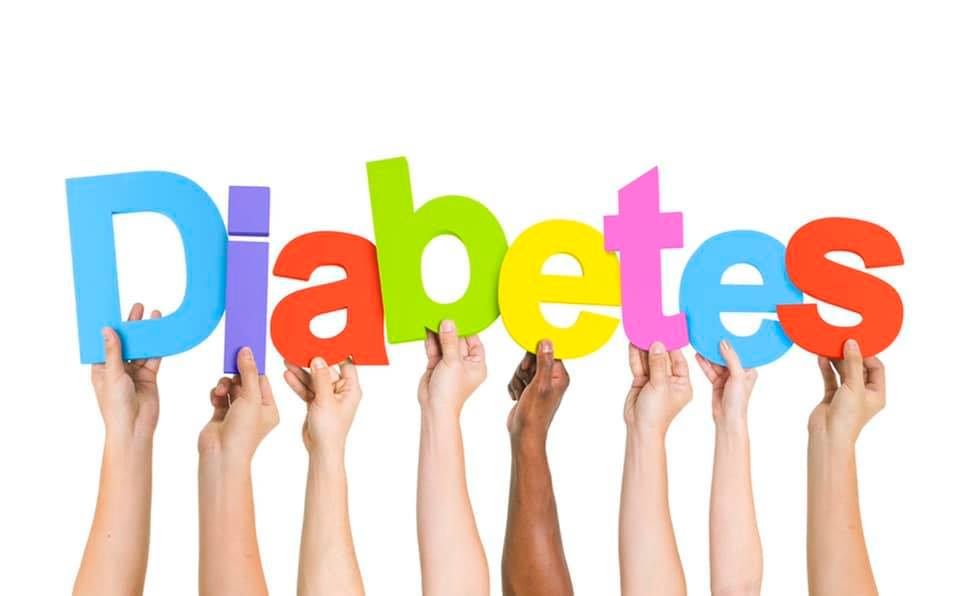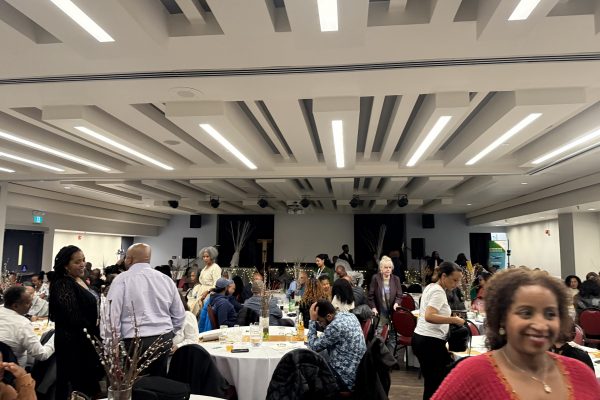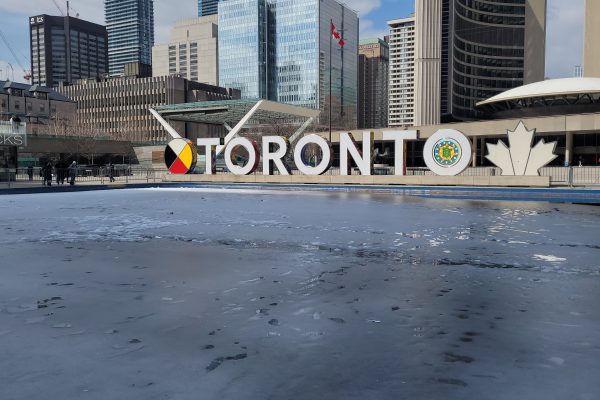If you or someone with you experiences any of these signs, call 9-1-1 or your local emergency number immediately. Acting quickly can improve your survival and recovery.
Do not drive yourself or the person having a stroke to the hospital – an ambulance will get you to the best hospital for stroke care.
What to expect at the hospital
The paramedics will take you to the closest hospital with a specialized program for stroke care. They can call ahead so hospital staff are prepared for your arrival.
You should receive medical attention soon after you arrive. If you don’t, let the emergency department staff know.
Provide detailed medical history and information about past medical conditions if possible. Knowing the exact time that the stroke signs began is helpful.
A brain scan should be done soon after you arrive, to find out the kind of stroke you experienced. If the stroke was caused by a blood clot, you may benefit from a drug called tPA. It can re-open blocked arteries whichreduces the severity of the stroke, helping you recover more fully. tPA must be given as soon as possible and within four and a half hours from the start of symptoms.
What a stroke looks like
The first time Stacey Yepes had a stroke, she immediately went to the emergency department. Having no visible symptoms and being in good health, she was told it was stress. Within a few days, she had two more strokes. The third time, when she felt her left side going numb, she grabbed her phone and hit record, so that she could show doctors exactly what she was experiencing.
What you need to know about “mini-stroke” or TIA (transient ischemic attack)
Transient ischemic attack (TIA), or “mini-stroke” happens when a clot stops blood from flowing to the brain for a short time. TIA is a medical emergency. Call 9-1-1 or your local emergency immediately. If you are not admitted to a hospital, ask when you will be seen at a stroke clinic and how that is arranged.
Everyone needs to know the signs of stroke.
You never know when you, a parent, a spouse or a friend, might experience the signs and it will be up to you to act. Help your community learn the signs of stroke. Print this page, and post it to your refrigerator, or put it up at work.

Why a new campaign?
Despite the effectiveness of earlier stroke signs campaigns which resulted in stroke patients getting to hospital in time, there are still too many Canadians who don’t recognize the signs, nor know what to do when they see them.
The adoption of “FAST” is the result of a comprehensive process that included a review of international best practices for signs of stroke campaigns, and the help of experts in from the fields of neurology, psychology and marketing. In addition, many countries around the world who have been using FAST are seeing positive outcomes.
Please share the new campaign as widely as possible with family, friends, colleagues and coworkers, and help anyone experiencing or witnessing a stroke to recognize the signs and act FAST.
Source : Heart and Stroke Foundation of Canada .














